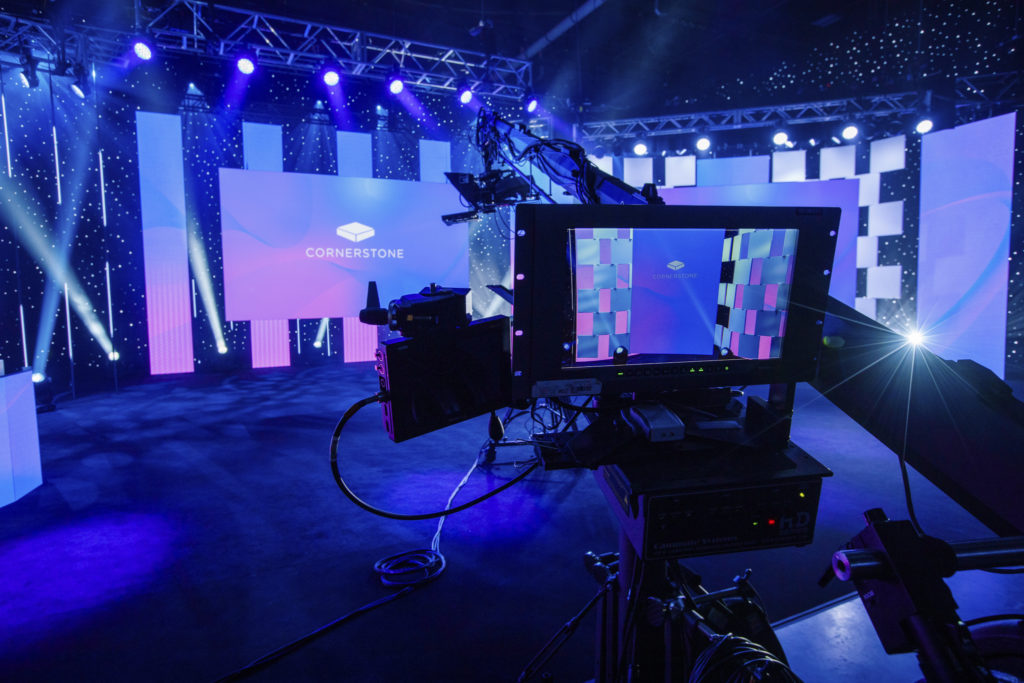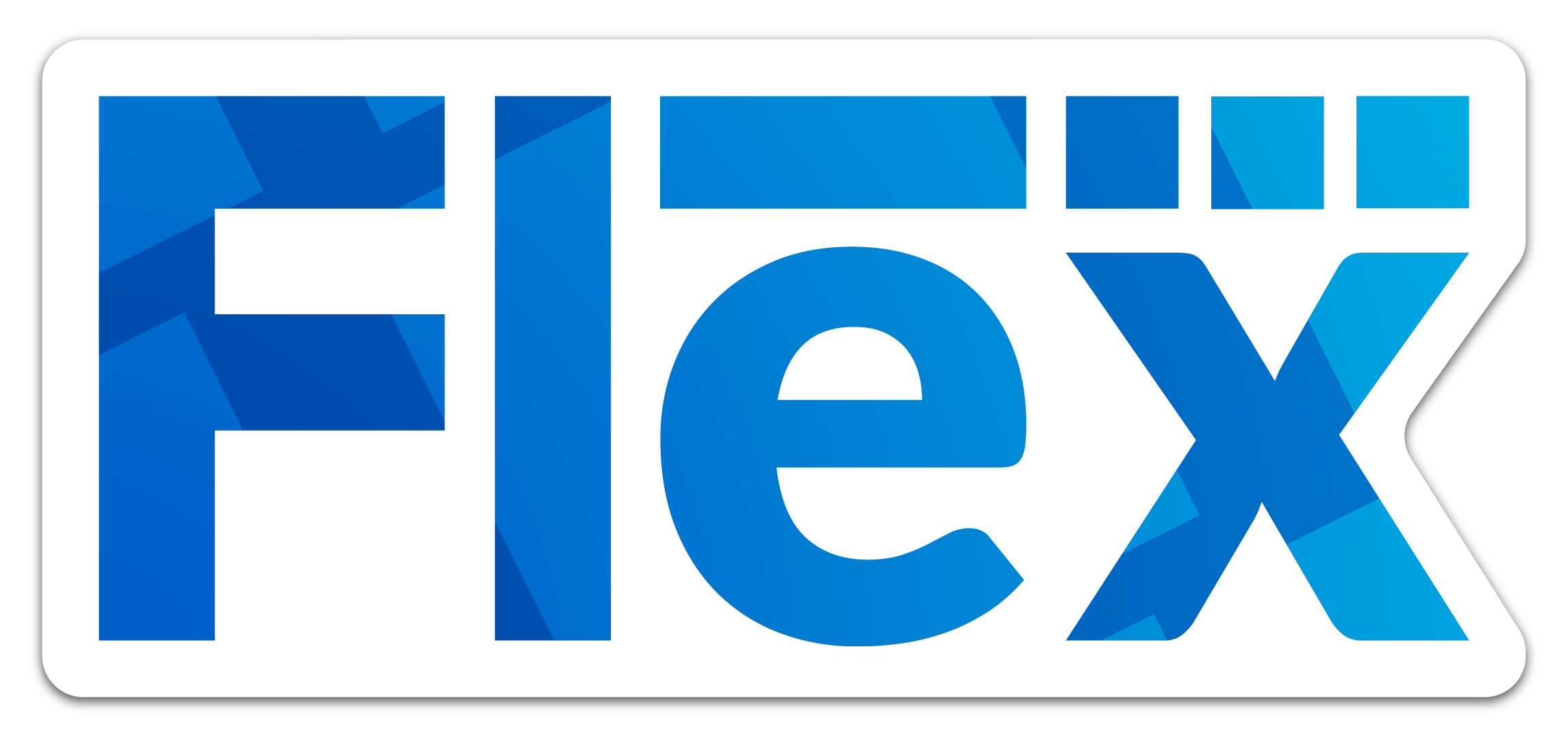Cornerstone AV: Turning to live streaming and being resilient

The live events industry was the first to shut down in March when Covid-19 reached pandemic status. State and federal governments prevented meetings, events, or gatherings of any size from happening. Some of those mandates continue to this day.
One of those companies, Cornerstone Technologies in Utah, was no different. Almost immediately, they had customers calling needing to cancel events and looking for answers. Chad Fraughton, VP, and Executive Producer knew he had to get creative if his business was going to survive.
His first order of business was ensuring the safety and health of his staff. He sent them home temporarily so they could assess their own personal affairs as the pandemic upended every aspect of our lives. But, then, he put his head down and got to work.
Reinvention and pivoting were the words of the day six months ago, as much as they are today.
Embracing live streaming and virtual events
Luckily, Chad already had experience and background in broadcasting, and Cornerstone as a whole had already been producing virtual and live streaming events even before the pandemic. He recognized it was an advantage not many of his competitors had. For Chad and Cornerstone, it was a matter of showing that they could do it at scale.
Both new and old customers alike called Cornerstone for answers and solutions to converting their live events into virtual ones.
“We walked client after client through what we had and what we could offer, you could see the light bulbs go off, we were providing solutions, and that gave them comfort,” said Chad.
“We’re going into a new frontier here, we saw that people who previously never had a budget for live events, now had a budget for virtual events,” said Chad, “we found opportunities we never found before, it’s not all bleak, we’re catering to a whole new audience and a whole new opportunity.”
Bouncing back and being resilient
Chad’s advice for companies looking to get back to business or grow their business during this time is to stay resilient and get creative with what they have.
“Focus on the tools you have and what your clients need, you need to be a guiding beacon of hope,” he said.
“I don’t think there is one particular way of doing things, we were already having some of these communications with companies,” said Chad, “we have a lot of returning clients come to us for help, no one knows what to do, and they are looking for a trusted voice.”
He said that the key is not getting hung up on what you used to do but staying present in the moment and finding opportunities with the tools and resources you have at your disposal.
“Don’t look at recreating your business, look at recreating yourselves,” said Chad, “we went from selling events to selling concepts.”
Broadcasting and live streaming their biggest event of the year
When one of their biggest clients, Young Living International, called to cancel one of their biggest events of the year, Chad knew he had to get creative. Could they pull off a virtual event at the same caliber and production value as the live one?
There was really only one way to find out: by doing. But Chad was confident. For him, it was either go big or go home.
“The senior event staff looked to us to find a solution,” said Chad, “we spent many long days drafting a vision for this event, which resulted in a 65-page document and a promise to the client that we would not compromise on quality.”
In less than two weeks, they transformed their 135,000 sq. ft. facility into a full-service production and film facility with five unique studios, complete with interchangeable sets, the main stage, and even dressing rooms for speakers and onstage talent.
The entire 4 days of 7 a.m. to 8 p.m. broadcast took 45 days to shoot and 42 hours to produce. It features performances, breakout sessions and workshops, a morning show, and a late-night talk show.
“That was a roll of the dice, no one knew what the future might be, but we still invested in broadcast equipment that would improve the look and feel of the entire experience, 4K resolution panels, camera tracking systems, and virtual and augmented reality…we became a high-end broadcaster.”
Proper inventory management and sales alignment are as critical as ever, said Chad. Flex is a critical piece of the puzzle, even in a live streaming world.
“Knowing what gear is assigned to each virtual production, knowing our costing, and more importantly keeping things organized,” said Chad, “Flex is still a big part of our day-to-day production.”
That roll of the dice (and their hard work) paid off: they received a Stevie award for the event and glowing recommendations from their client. It also helped open up a lot of doors for new business.
But broadcasting and live streaming weren’t all they did. From the beginning of the pandemic, they looked at transforming and repurposing every part of their business to adapt to market demands.
“We owned semi and trailers, we identified a massive need for truck drivers and delivery of raw products, materials, and essential items,” said Chad, “so we worked with our Transportation division to pivot in that direction.”
“There is no real recipe for how to do this, we used the tools we already had to fill a demand, I considered that our first success story,” Chad added. He also repurposed the fabrication division to build in-store displays for retailers and others that needed it.
But he knows that for other companies like his, things are not looking as bright. He and his team have been fierce advocates for the events industry as a whole and helped champion the representation of the live events industry professionals in the CARES Act.
“We presented to our state and in Las Vegas as well,” Chad said.
He attributes his success even in turbulent times to his team’s dedication and also his upbringing.
“I was raised from a place of survival, I didn’t grow up with a whole lot,” said Chad, “I have a very good sense of survival and self-preservation. Growing up, I played football, not because I loved football but because I wanted an education.”
“Twenty-seven years of building a company with the tools that I have and the love that I have for my people,” said Chad, “I have a responsibility to them, I don’t take that lightly, that is survival, I had to do whatever it took, you can deliver me the worst news, a bad scenario, and I’ll think ‘what can I do right now to offset the situational trauma this will cause.’”
